Read Wild: Crossover Eco-fiction, When There Isn’t Enough YA Lit About Nature

For decades the argument has been made that teenagers need to spend more time outside. They need time away from glowing screens, ringing phones, and buzzing social media alerts. At the same time, our schools have added computers in every class, adopted BYOD policies, and cut gym classes and recess in favor of trying to raise test scores. When I started teaching eleven years ago I realized that many of my high school students do not feel connected to nature.They are overscheduled and overworked, coming home late at night and rising early the next morning to start again.
I’m always thrilled when new YA books have an environmental bent, but it doesn’t happen often enough. Cli-fi is getting more popular, but there’s also space for books that deal with nature and the environment in other ways. We tend to see more of these stories for middle grade and young readers, but there’s no reason to exclude the YA audience. Whither are the books like Barbara Kingsolver’s, but written for a YA audience? Books about nature can inspire students to spend more time outside, to connect with nature in their backyard or school yard.
ADVERTISEMENT
ADVERTISEMENT
While we wait for more great YA books that deal with nature and the environment, why not check out some of the adult books on the topic with crossover appeal? Below I’ve put together a list of some of the adult books my high school students are reading and loving. Each book deals with nature and/or the environment in some way (and they can help you check off one of the boxes in our #readwild challenge!).
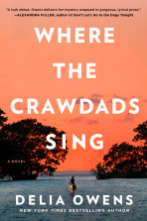
Where the Crawdads Sing by Delia Owens: Kya, or “the Marsh Girl” has been on her own since childhood. The salt marsh outside her door has raised her. This is a gorgeous, lush story that transports readers to the coast of North Carolina. The marsh is almost a character in and of itself, with Kya serving as naturalist and guide for the reader. A heartbreaking coming-of-age mystery, Where the Crawdads Sing is incredibly popular in my class. It’s also popping up on AP Lit summer reading lists!
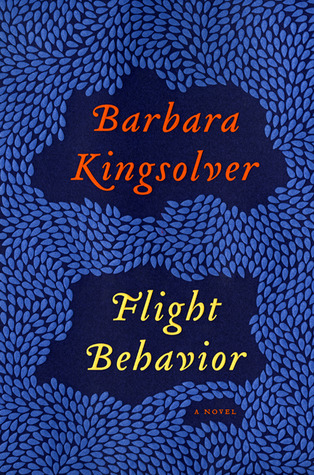
Flight Behavior by Barbara Kingsolver: All of Kingsolver’s novels deal with nature and have crossover appeal, but this one seems to catch on quickly with my teens each year. When Dellarobia Turnbow discovers millions of confused monarch butterflies overwintering in the Appalachian Mountains her world is turned upside down. Scientists, religious leaders, the media: they all have an explanation for what’s happening. Dellarobia isn’t sure if it’s a miracle or a disaster.
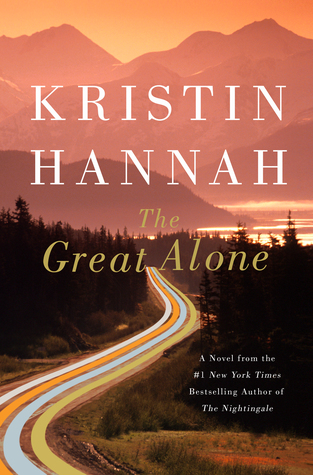
The Great Alone by Kristin Hannah: Kristin Hannah’s books have always been popular with my students, but The Great Alone is my favorite. Leni and her parents move to Alaska after her father returns from the Vietnam War. When they arrive and see just how off the grid their new home is it becomes abundantly clear that they are in no way prepared for life in Alaska. Alaska in the 70s is the romantic place her parents assume it will be; it’s brutal, dangerous, and terrifying. But it’s also beautiful and awe-inspiring.
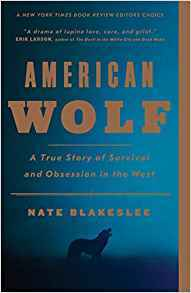
American Wolf by Nate Blakeslee: I haven’t been to Yellowstone (yet!), but when I finished this book I was *this* close to booking a trip that day. Nate Blakeslee chronicles the rise and tragic fall of O-Six, one of Yellowstone’s most famous wolves. While this is a true story, Blakeslee writes it like it’s fiction. It moves quickly and I couldn’t put it down. My students have been enjoying this one.
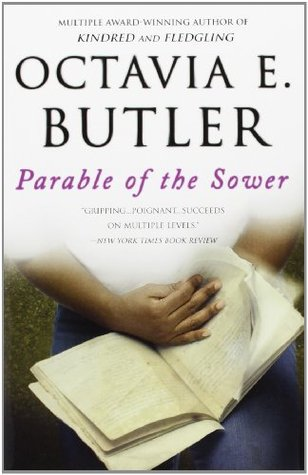
Parable of the Sower (Earthseed #1) by Octavia E. Butler: It baffles me that Butler’s book aren’t widely taught in high school classes. Parable of the Sower is the first in the Earthseed series and it’s absolutely terrifying. Lauren and her family live in safety behind the walls of her community outside LA in 2025. Climate change has ravaged the US; Lauren and her neighbors are trying to salvage what they can. When Lauren, a hyper-empath who experiences the pain of those around her, loses her family in a fire she is forced out into the world. My students typically fall in love with this and quickly move through the series.
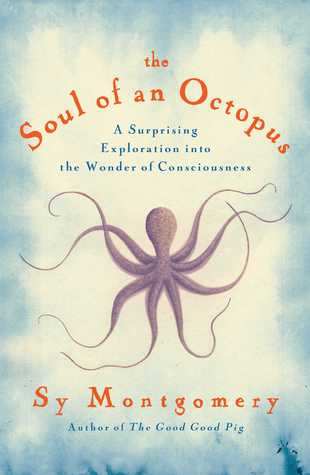
ADVERTISEMENT
ADVERTISEMENT
The Soul of an Octopus: A Surprising Exploration into the Wonder of Consciousness by Sy Montgomery: The Soul of an Octopus is on the (very long) list of suggested summer reading choices for my incoming freshmen. It’s always the most popular choice. A warning, though: this book will make you want to have a pet octopus. Montgomery’s experiences with specific octopuses will surprise you. While we readily accept the intelligence of primates, dogs, and dolphins, the octopus has never really been popular with the general public. Montgomery’s book, a brilliant nature study, will change that for readers.
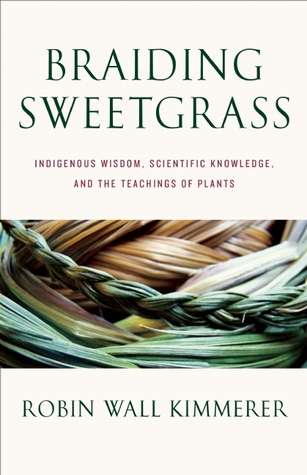
Braiding Sweetgrass: Indigenous Wisdom, Scientific Knowledge, and the Teachings of Plants by Robin Wall Kimmerer: I teach at a STEM-focused high school and I’ve been recommending this to all of my students and colleagues. For teens interested in biology, especially botany, this is a must-read. Robin Wall Kimmerer is a scientist and a citizen of the Potawatomi Nation. As a result, she brings these two lenses to her study of plants. The book is almost a collection of poetic essays and it will inspire readers to stop and take a much closer look at the plants in their own yard.
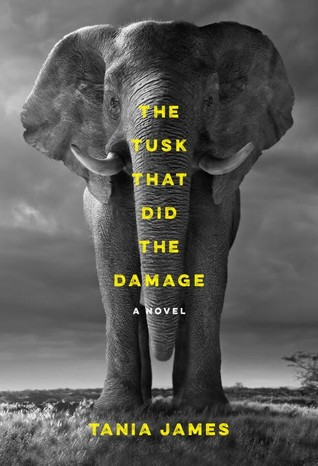
The Tusk That Did the Damage by Tania James: A few years ago my colleague and I added this to our senior English curriculum as part of our man vs. nature unit. This is a powerful story about elephant poaching in southern India. Told from the elephant’s point of view, the poacher’s, and a Western filmmaker’s, it presses the reader to consider multiple perspectives. There are no easy answers in this book, no truly good or truly evil characters. Too often poaching is presented as something done by evil people; James shows that it’s much more complicated than that.
Meet Sarah Mulhern Gross

I am a National Board Certified teacher who teaches ninth-grade and twelfth-grade English at High Technology High School in Lincroft, New Jersey. I am a contributor to the New York Times Learning Network and my writing has appeared in Scientific American, Edutopia, ASCD, and The Washington Post’s Answer Sheet. In 2017 I completed my Master’s degree in teaching biology with Project Dragonfly at Miami University in Oxford, Ohio with a focus on defeating nature-deficit disorder in adolescents through interdisciplinary work.
Facebook Twitterg
Filed under: Read Wild
About Karen Jensen, MLS
Karen Jensen has been a Teen Services Librarian for almost 30 years. She created TLT in 2011 and is the co-editor of The Whole Library Handbook: Teen Services with Heather Booth (ALA Editions, 2014).
ADVERTISEMENT
ADVERTISEMENT
SLJ Blog Network
2024 Books from Coretta Scott King Winners
The Ultimate Love Letter to the King of Fruits: We’re Talking Mango Memories with Sita Singh
Double Booking | This Week’s Comics
Parsing Religion in Public Schools
ADVERTISEMENT








Thank you for highlighting the need for crossover Eco-fiction! As an author I have couldn’t agree more. My latest eco fiction/cliff novel I hope, will help to fill this gap.
In my blog “The Winds of Change” I explore the need for eco fiction. Thank you for highlighting the need for crossover Eco-fiction! As an author I have couldn’t agree more. My latest eco fiction/cliff novel I hope, will help to fill this gap.